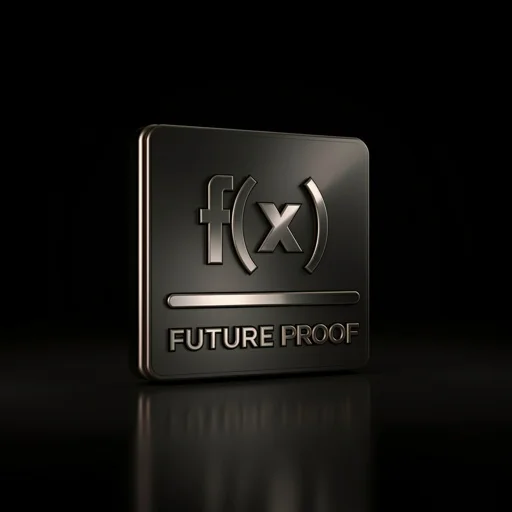In today’s digital landscape, the marketing and advertising technology ecosystem has evolved into a sophisticated framework that enables businesses to leverage data-driven marketing and effectively manage marketing optimization. This ecosystem is segmented into three interrelated layers: data, intelligence, and activation. Together, these layers provide an integrated approach to accessing and moving data across various solutions, channels, and customer touchpoints. Let us delve into each layer and explore how they work in harmony to create a powerful marketing strategy.
The Data Layer: The Foundation of Marketing Optimization and Success
At the core of the marketing technology ecosystem lies the data layer. This foundational layer is responsible for ingesting, consolidating, and standardizing data for analysis and activation, serving as the bedrock upon which all data-driven marketing decisions and actions are built.
Data Ingestion:
The process begins with data ingestion, where information is collected from a myriad of sources. These sources can include:
- Website interactions
- Mobile app usage
- Customer Relationship Management (CRM) systems
- Point of Sale (POS) transactions
- Social media engagements
- Third-party data providers
The goal is to capture every relevant touchpoint in the customer journey, creating a comprehensive view of consumer behavior and preferences.
Data Consolidation:
Once collected, the data must be consolidated into a unified format. This step is crucial as it brings together disparate data sources, allowing for a cohesive analysis. Data consolidation helps in:
- Eliminating data silos
- Reducing redundancies
- Creating a single source of truth for all marketing efforts
Data Standardization:
The last step in the data layer is standardization. This process ensures that all data adheres to a consistent format, making it ready for analysis and activation. Standardization involves:
- Cleaning and formatting data
- Resolving inconsistencies
- Establishing common definitions and metrics across the organization
A well-structured data layer acts as a bridge between the frontend of digital properties and various marketing technologies. It enables accurate data collection and reporting, setting the stage for personalized experiences and deep customer insights.
The Intelligence Layer: Turning Data into Actionable Insights Using Data-Driven Marketing Techniques
Building upon the foundation of the data layer, the intelligence layer leverages collected information to derive insights and inform decision-making. This layer is where raw data transforms into valuable knowledge that drives marketing strategies.
The intelligence layer employs sophisticated analytical tools and techniques, including:
- Artificial Intelligence (AI) and Machine Learning (ML) algorithms
- Predictive modeling
- Natural Language Processing (NLP)
- Big data analytics
These technologies process vast amounts of data to uncover patterns, trends, and correlations that might not be apparent through traditional analysis methods.
Types of Marketing Intelligence:
The intelligence layer encompasses various forms of marketing intelligence:
Market Intelligence:
Understanding broader market trends and dynamics.
Customer Intelligence:
Gaining deep insights into customer behaviors and preferences.
Competitive Intelligence:
Analyzing competitors’ strategies and market positioning.
Product Intelligence:
Gathering insights on product performance and customer feedback.
Pricing Intelligence:
Optimizing pricing strategies based on market demand and competitor pricing.
Predictive Analytics and Forecasting
One of the most powerful aspects of the intelligence layer is its ability to predict future trends and customer behaviors. By analyzing historical data and current market conditions, businesses can:
- Forecast sales and revenue.
- Anticipate customer churn.
- Identify emerging market opportunities.
- Optimize inventory management.
These predictive capabilities allow marketers to stay ahead of the curve and make initiative-taking decisions rather than reactive ones.
The Activation Layer: Bringing Insights to Life
The activation layer is where insights derived from the intelligence layer are put into action. This layer involves using various applications and platforms to communicate across outbound and inbound channels, executing campaigns, and delivering personalized experiences to customers.
Multichannel Campaign Execution:
The activation layer enables marketers to implement cohesive campaigns across multiple channels, including:
- Email marketing
- Social media platforms
- Display advertising
- Search engine marketing
- Mobile apps
- Website personalization
By orchestrating campaigns across these channels, businesses can create a seamless and consistent brand experience for their customers.
Real-Time Personalization using Marketing Optimization Strategies
One of the key strengths of the activation layer is its ability to deliver personalized experiences in real-time. This involves:
- Dynamic content adaptation based on user behavior.
- Personalized product recommendations
- Tailored email content
- Customized landing pages
Real-time personalization significantly enhances customer engagement and conversion rates by delivering relevant content at the right moment.
Ad Delivery and Marketing Optimization Strategies:
The activation layer also encompasses sophisticated ad delivery systems, including:
- Demand-Side Platforms (DSPs)
- Ad networks
- Programmatic advertising platforms
These tools allow for precise targeting and real-time bidding, ensuring that advertising budgets are spent efficiently and effectively, driving marketing optimization.
Integration: The Key to Success
While each layer of the marketing and advertising technology ecosystem is powerful, their true strength lies in their integration. When these layers work in harmony, they create a virtuous cycle of continuous improvement:
- The data layer provides a solid foundation of accurate and comprehensive information.
- The intelligence layer transforms this data into actionable insights and predictive models.
- The activation layer uses these insights to execute highly targeted and personalized marketing campaigns.
- The results of these campaigns feed back into the data layer, providing the latest information for analysis.
This integrated approach allows businesses to:
- Gain a 360-degree view of their customers.
- Make data-driven decisions with confidence.
- Deliver highly personalized and relevant experiences.
- Continuously optimize marketing efforts based on real-time feedback, ensuring marketing optimization at every stage.
Conclusion
The marketing and advertising technology ecosystem’s three layers—data, intelligence, and activation—provide a comprehensive framework for managing and optimizing marketing efforts through data-driven marketing and marketing optimization strategies. By leveraging these interconnected layers, businesses can create more effective, efficient, and personalized marketing strategies that resonate with their target audience. As technology continues to evolve, the integration of these layers will become even more seamless, offering new opportunities for innovation in marketing. Businesses that embrace this integrated approach will be well-positioned to thrive in the ever-changing digital landscape, building stronger connections with their customers and driving sustainable growth.is not about replacing the Human intelligence but about augmenting it. In the end it will all boil down to the fact that were marketers able to understand








